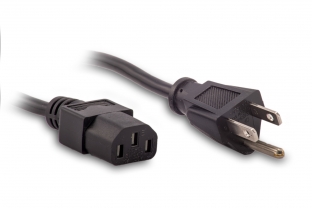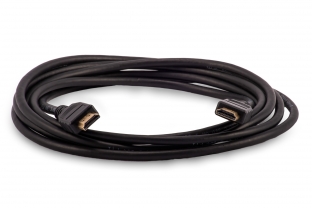Cat 5 Ethernet cable is simply a short form of category 5 cable. Cat 5 is the current industry standard for network wiring as well as telecom. The cable is unshielded, it contains four pairs of twisted copper wire; each wire is 24 gauge. These conductors are terminated in an RJ-45 connector or jack as they are often called. A wire which is Cat 5 is designated such with a brand on the outer jacket, if there is no designation as such it is simply a twisted pair cable.
The internal construction of a Cat 5 Ethernet cable is the same regardless of the color of the outside jacket. Although these cables come in a variety of colors, blue is common and seen to be the favorite. Under the outer jacket, the twisted pairs are also in a sheath and they all have a common color scheme, the colors are orange, blue, green and brown all of which are twisted to their mates which are white with different color stripes. The idea of twisted conductors is that interference and cross talk is reduced and as such, the twist should not be disturbed except at the termination in the connector. The optimum strip length to maintain the integrity of the cable is about one half inch which is adequate to strip and make the termination.
Prior to the introduction of Cat 5 Ethernet cable the standard was Cat 3. The difference between the two is the speed at which they transmit data, the old Cat 3 wire could only support speeds up to 10 MBPS whereas Cat 5 cable can support speeds of 100 megabits per second. Although Cat 5 cable is commonly used in networks and telecoms, it also has other uses. Cat 5e is an evolving product that can support speeds of 1,000 MBPS and even higher and can be used for extremely long cable runs, far longer than Cat 5 which cannot effectively exceed 300 feet in run length.
There are three different configurations for Cat 5 Ethernet cables, these configurations are determined by the wiring of the connectors. These three standards are called “straight through”; “crossover” and “roll-over” and all have specific purposes when connecting devices.
Cat 5 Ethernet cables are rapidly being replaced by Cat 5e cables. Cat 5 cables are common in existing networks but most new installations are using Cat 5e which has higher data transfer ability. Both standards are available from Cables.com



